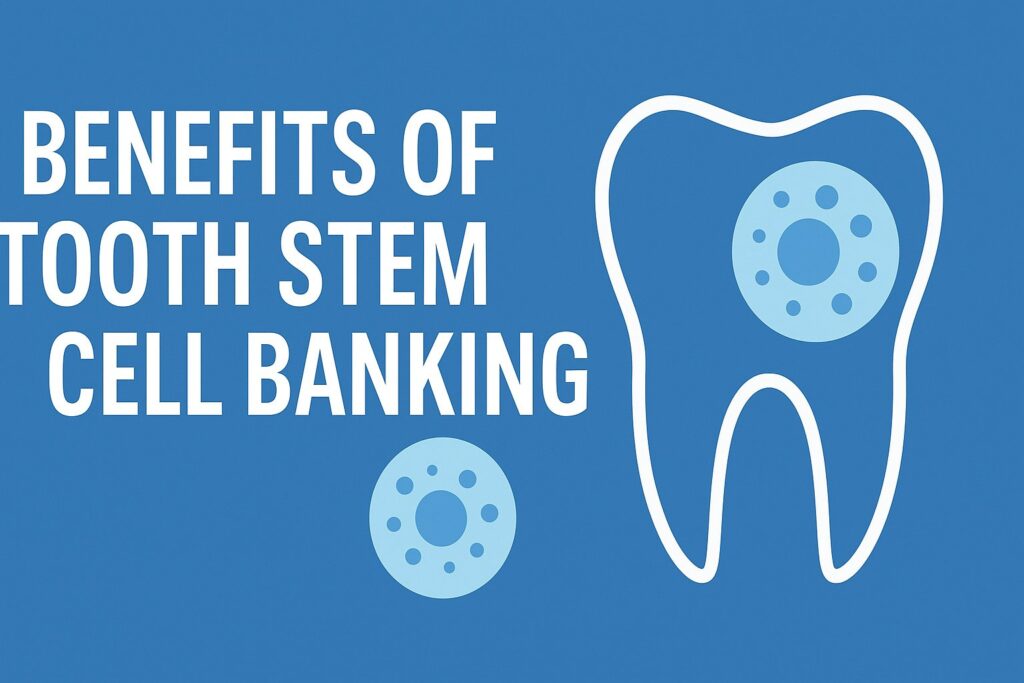Stem cell therapies are an innovative form of regenerative medicine that has the potential to provide pain relief and even help with healing in various medical conditions.
Advances in technology have made it so that certain types of stem cell therapies can be performed while the patient is awake, providing a safer and less intrusive experience than conventional treatments.
In this blog post, we will explore the different types of stem cell therapies that can be performed while the patient is awake, as well as the benefits and risks associated with these procedures.
Types of Stem Cell Therapies That Can Be Performed While Awake
Autologous bone marrow aspirate concentrate (BMAC) therapy is one type of stem cell procedure that can be performed while a patient is awake. During this procedure, a sample of bone marrow is taken from the patient’s hip area and then processed to extract the stem cells. These stem cells are then injected back into the same patient to provide pain relief or contribute to the healing of damaged tissue.
Another type of stem cell therapy that can be done while a person is awake is platelet-rich plasma (PRP) therapy. In this procedure, a small amount of blood is taken from the patient and spun in a centrifuge to separate the platelets which contain growth factors and proteins that can help promote wound healing and repair damaged tissue. The separated platelets are then injected back into the patient to provide relief and support healing.
Exosome therapy is another type of stem cell therapy that can be done while a patient is awake. This treatment involves collecting exosomes, which are nanoparticles from stem cells or other sources, and injecting them into areas that need regenerative support. Exosomes have been found to have regenerative properties, helping to encourage healing and regeneration in targeted areas.
Benefits of Being Awake During These Therapies
One of the primary benefits of being awake while a stem cell procedure is taking place is that it eliminates the need for general anesthesia, which can be associated with certain risks and side effects.
General anesthesia can cause nausea, vomiting, and other unpleasant symptoms that can last for several days after the treatment is done. There are also risks associated with general anesthetic drugs such as oversedation or allergic reactions, so performing these procedures without anesthesia reduces those risks considerably.
Being awake during stem cell therapy also makes it easier to adjust the positioning during the procedure if needed. This ensures that the therapy can be properly targeted to provide maximum benefit, whereas under sedation this may not always be possible. Being awake for these therapies also eliminates much of the downtime associated with undergoing general anesthesia, allowing patients to get back to their daily lives more quickly and easily.
How Are Patients Kept Comfortable During Procedures?
Patients undergoing stem cell procedures while awake are typically given mild sedatives to keep them relaxed and comfortable during the procedure. These medications help to reduce any anxiety or discomfort associated with being awake and aware during the treatment. In addition, local anesthetics may be used to numb the area where the procedure will take place to further reduce pain and discomfort for the patient.
In some cases, patients also may be able to listen to music or watch a movie during their procedure to keep them occupied and relaxed. This can help to make the experience more pleasant, enabling a smoother and less stressful recovery process. Other forms of distraction such as conversation with the healthcare team can also help patients stay comfortable during longer procedures.
Risks and Potential Complications Associated with Procedures
Despite the many benefits of stem cell therapies, there are also risks associated with these procedures. The injection site may become sore or inflamed, which is usually a short-term side effect that resolves itself within a few days.
Rare cases have been reported in which patients have experienced more serious complications such as infection or allergic reactions to the anesthesia used during the treatment. These are rare occurrences, but they can occur so patients need to be aware of all potential risks before undergoing any kind of stem cell procedure.
In addition, it’s important to note that stem cell therapies are still relatively new and are not always covered by insurance. As such, patients need to check with their insurance agencies before embarking on any type of stem cell therapy to ensure that it will be covered by their policy.
In conclusion, stem cell therapies offer a promising new approach to treating various medical conditions. However, patients need to understand the risks associated with these procedures and ensure their insurance will cover any treatments they pursue. With the help of innovative medical teams and advanced medical technologies, stem cell treatments can provide relief from several ailments without putting the patient at too great a risk.



